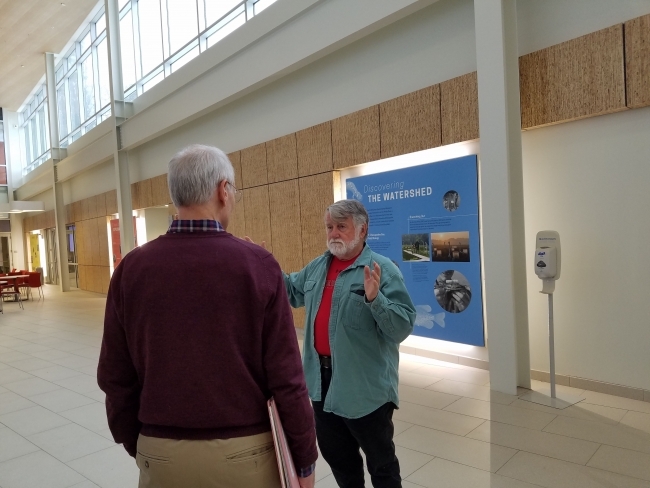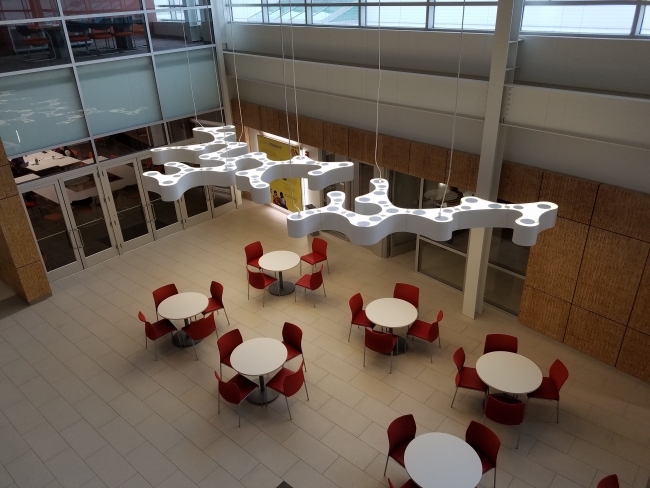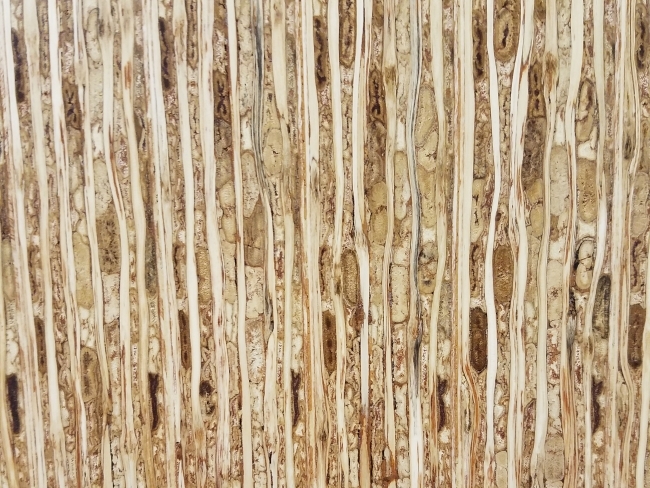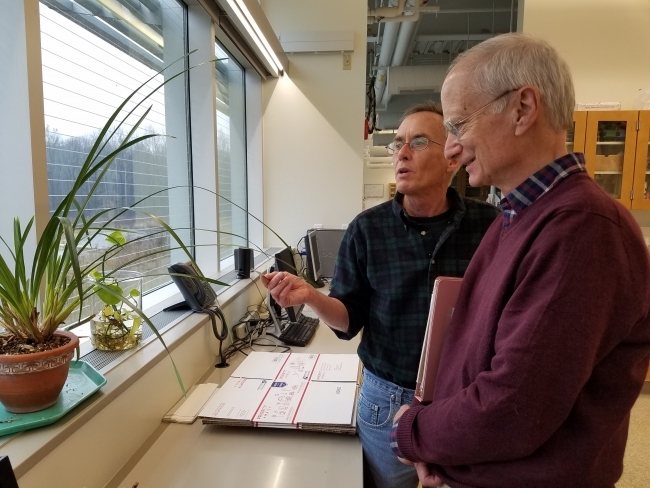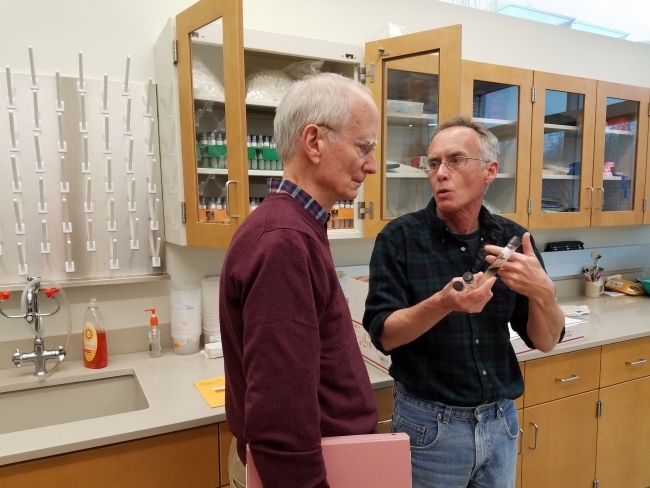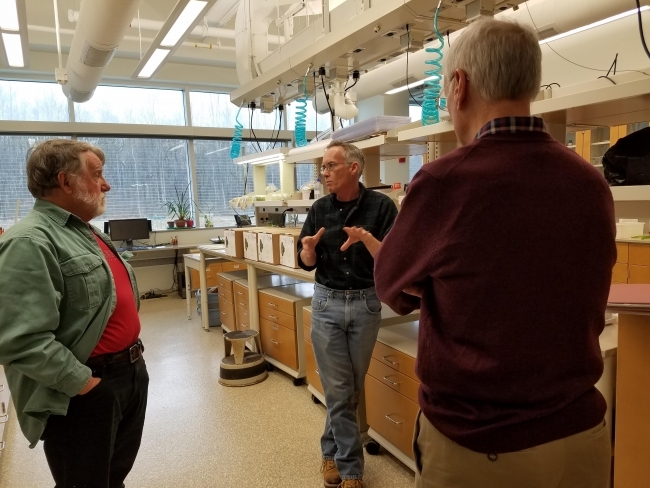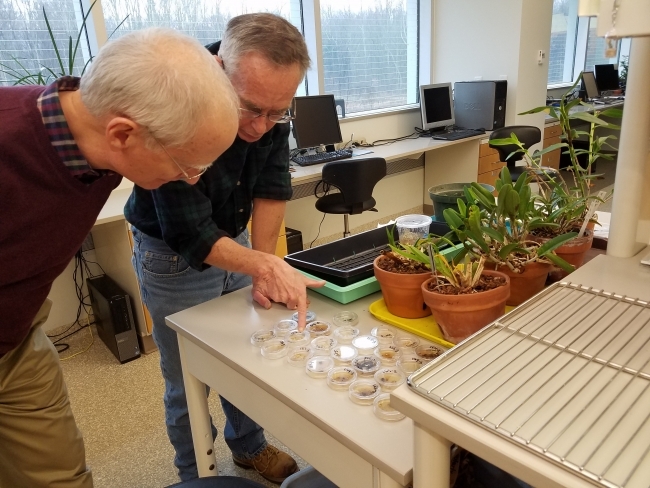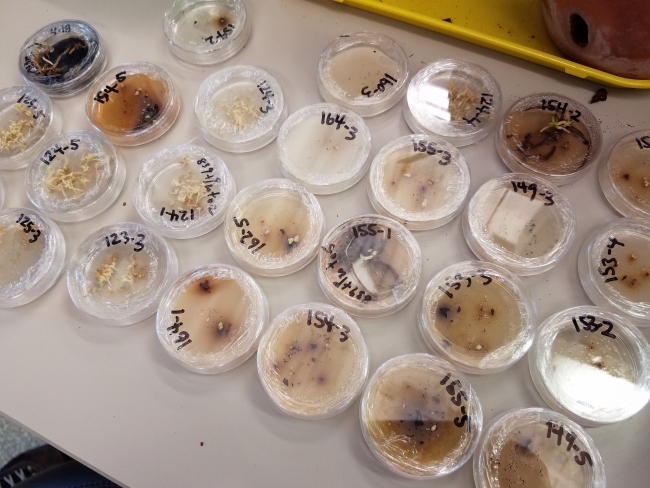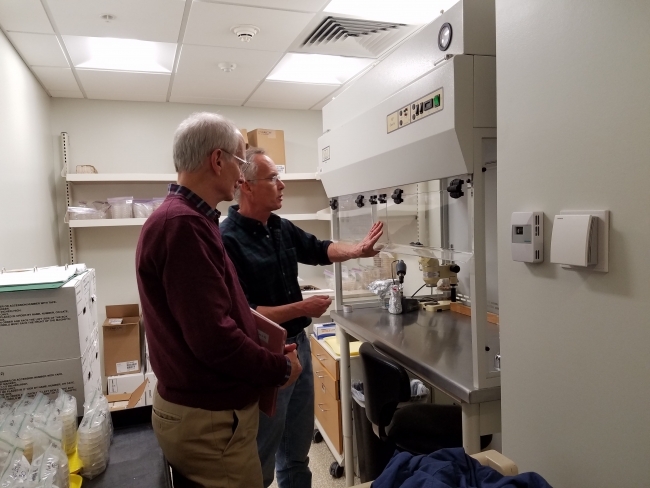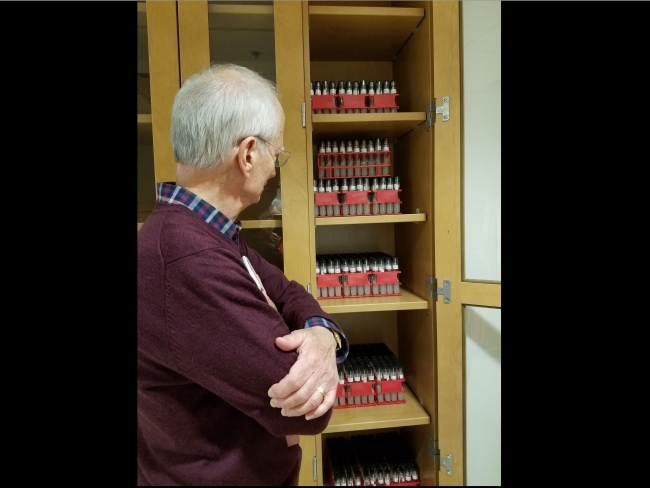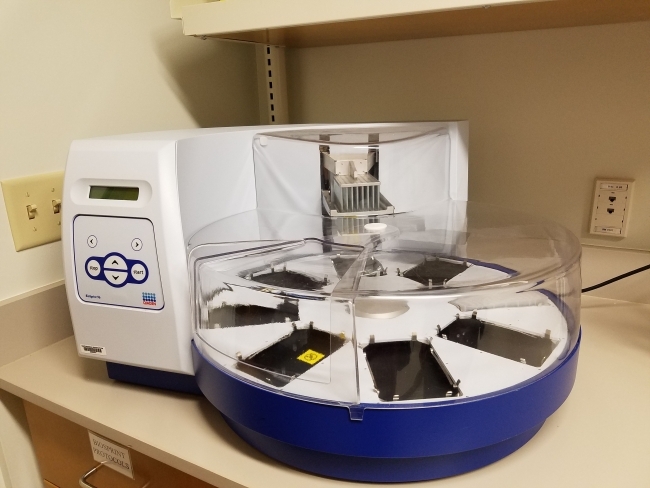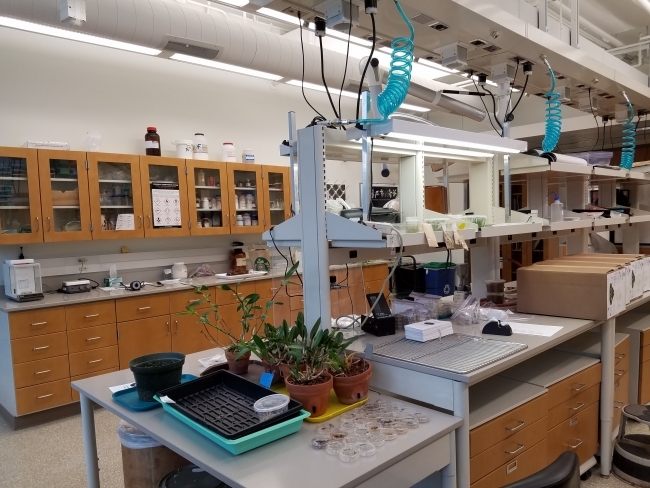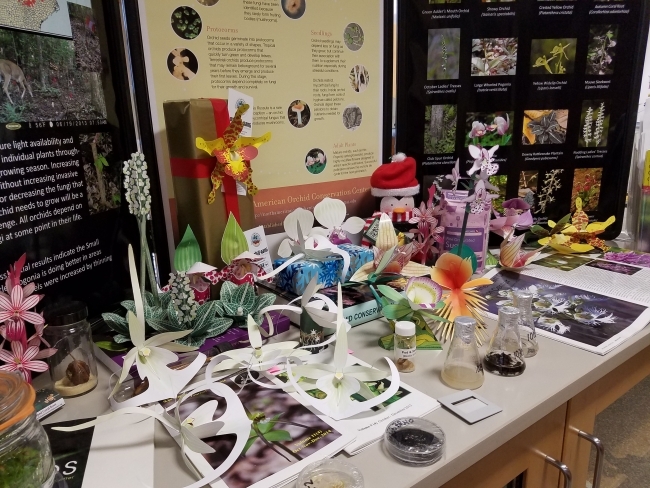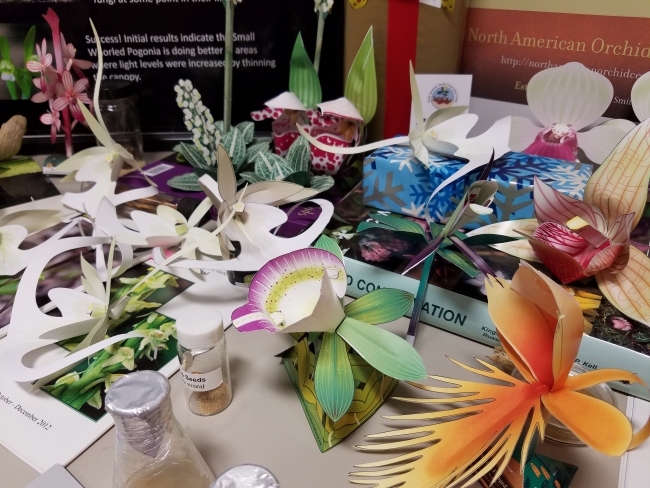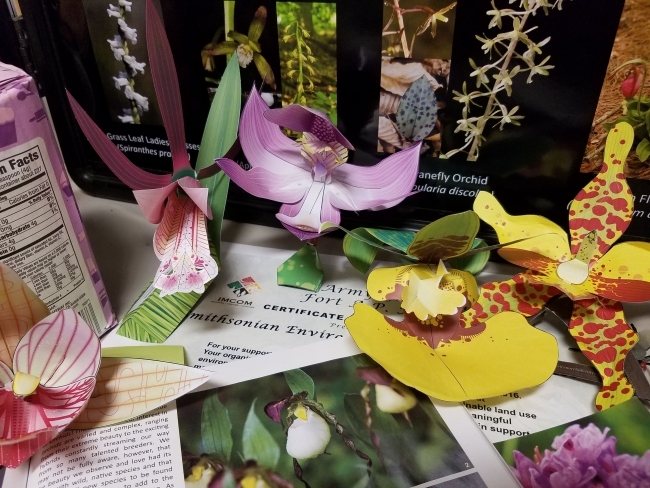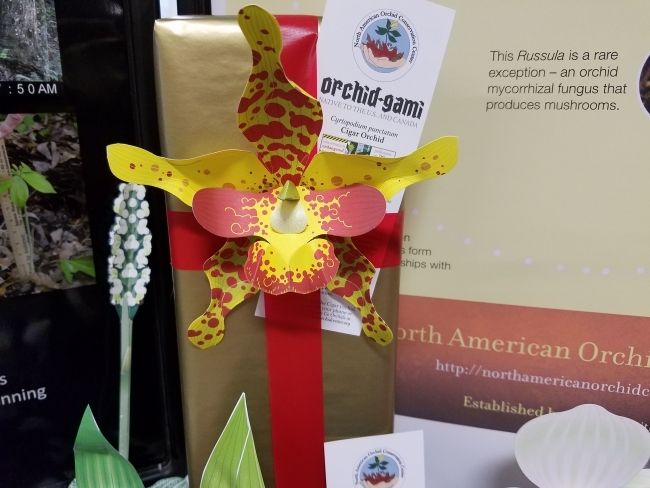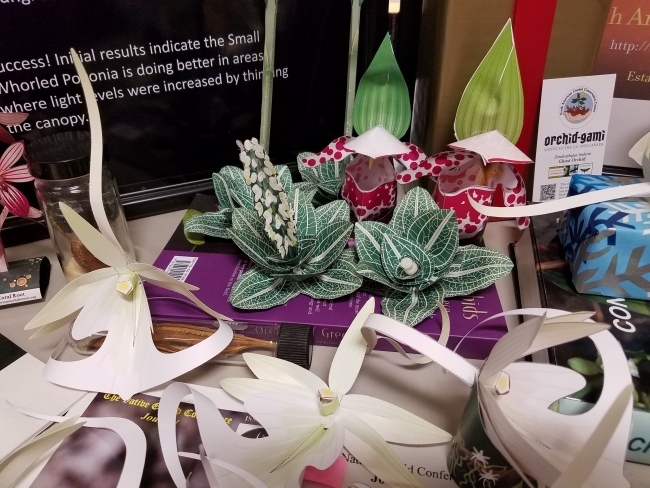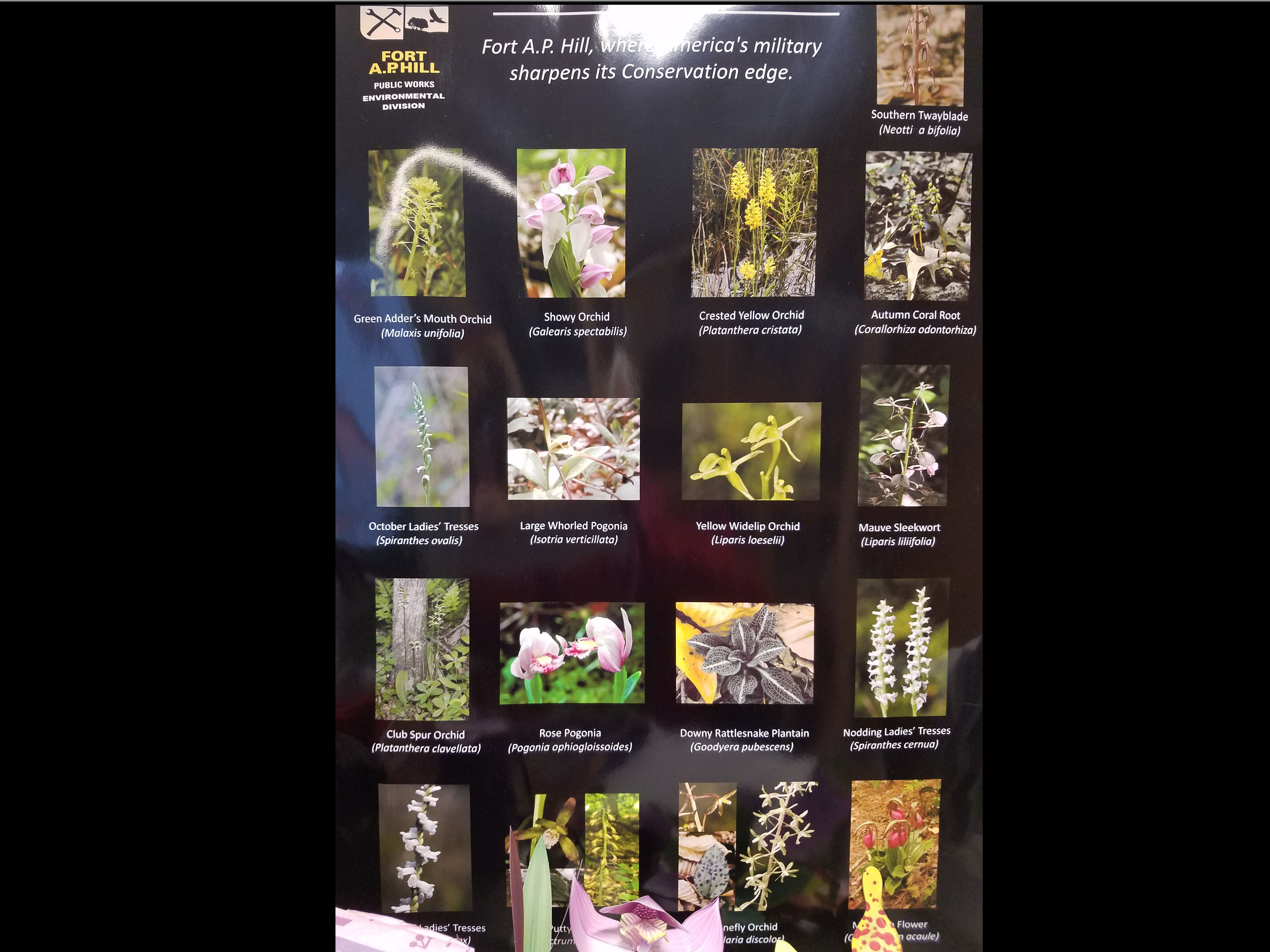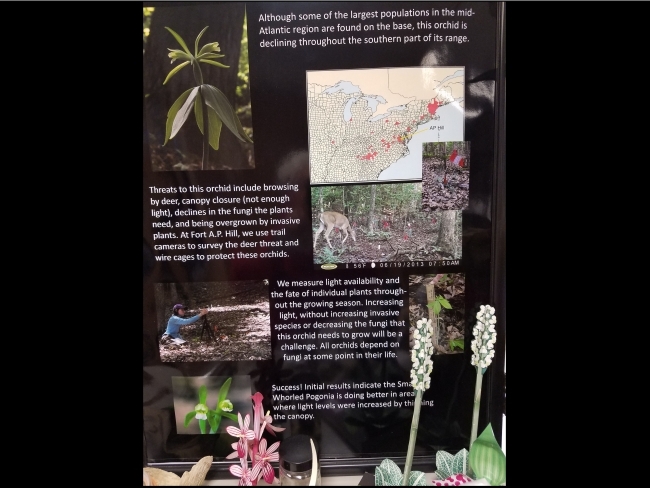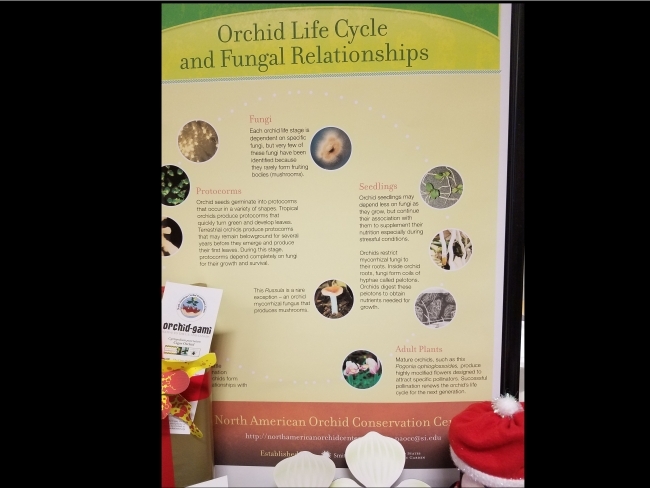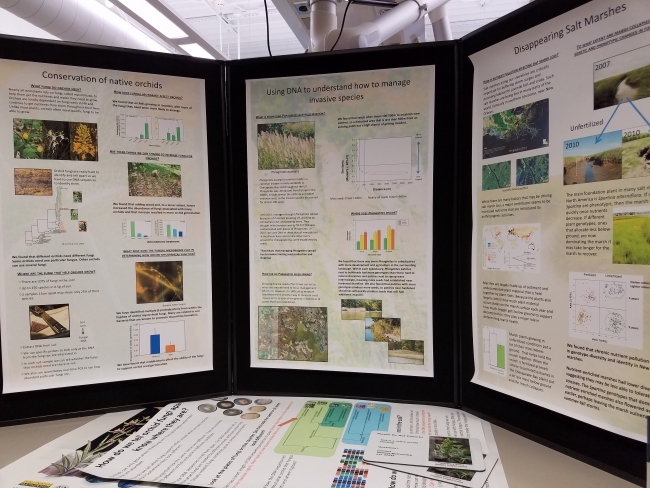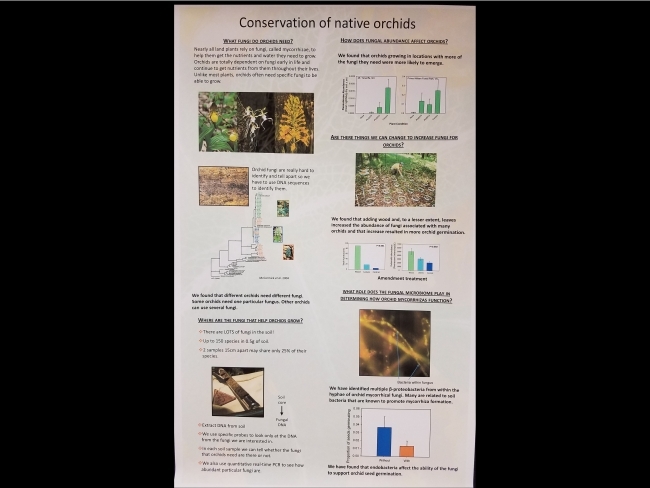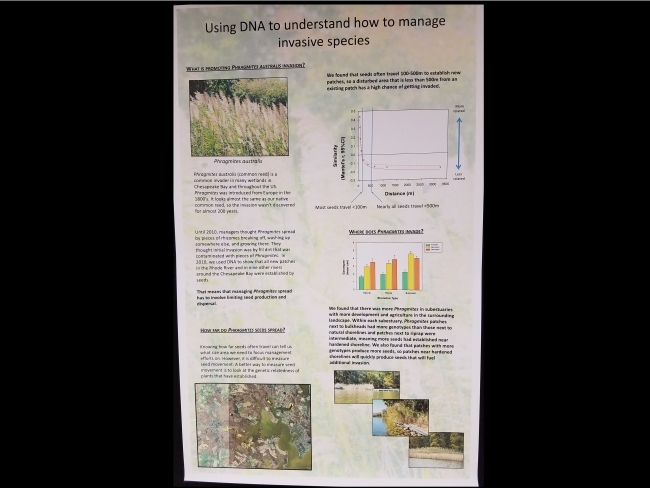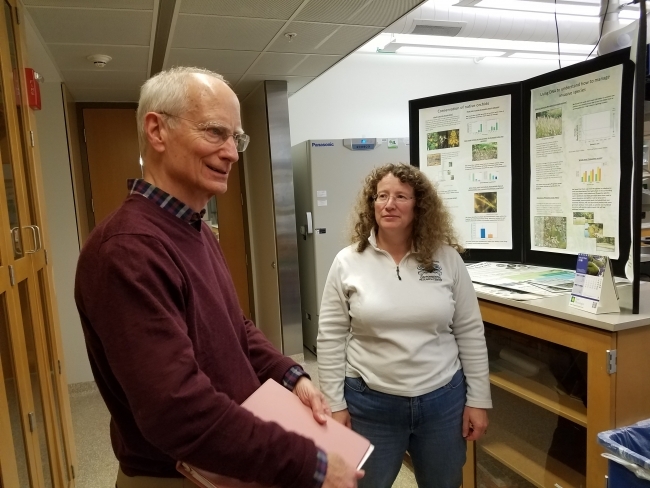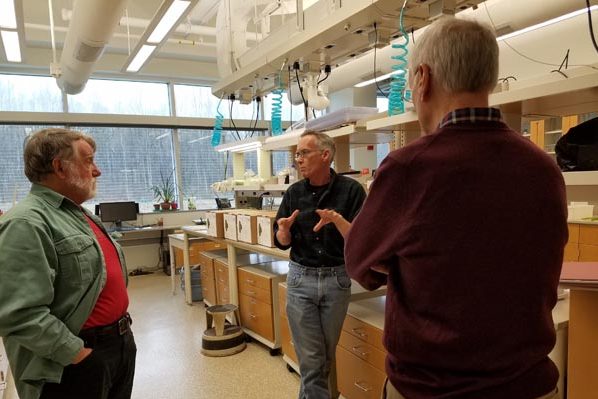
SERC conducts research North American orchids, assessing the health of habitat
The Smithsonian Environmental Research Center is involved in a number of very important environmental projects, including a project on studying native North American Orchids.
The goals of the Smithsonian Environmental Research Center (SERC) are:
- to provide solutions to urgent environmental issues in the daily news
- to inform, educate and engage people in science-based solutions for the environment
Under the umbrella of SERC is NAOCC, the North American Orchid Conservation Coalition, a collaborative effort between the Smithsonian Institute and the United States Botanic Garden. On the website of NAOCC its mission is stated as:
The pace of research and conservation efforts relative to native orchids in the U.S. and Canada is far too slow to assure the survival of more than 50% of all native orchids that have been listed as threatened or endangered. Only through a focused large-scale and integrated effort that engages the public will survival of orchids be assured. NAOCC is the first nationwide collaborative effort to seek ways to conserve the orchids of North America.
NAOCC is one of the three organizations I support with sales of my art. I donate 100% of my gross sales to NAOCC , Rainforest Trust, and Orchid Conservation Alliance (OCA). You can read more about my work here.
I have had the good fortune and great pleasure to visit SERC, and to meet with three of their experts who are working on the study and preservation of orchids in North America. It is worth noting that the facility is LEED certified, meaning it is environmentally friendly, and very efficient in its use of water and power.
As part of their work on conservation of North American orchids, NAOCC has developed a project they call “Orchid-gami” (a take-off on the word “origami”, a Japanese art which involves folding pieces of paper to make animals, birds etc.) An artist designed a way to depict sections of orchids, which are then printed on heavy paper and pre-cut with special dies. The user then punches out the components and assembles them into orchids which look surprisingly life-life. This project is used as an outreach and educational tool, to encourage people, especially young people, to look closely at orchids, to develop an interest in learning more, and to become engaged in preservation efforts. Some photos of orchid-gami are shown in the presentation below.
Here are photos from my visit.
